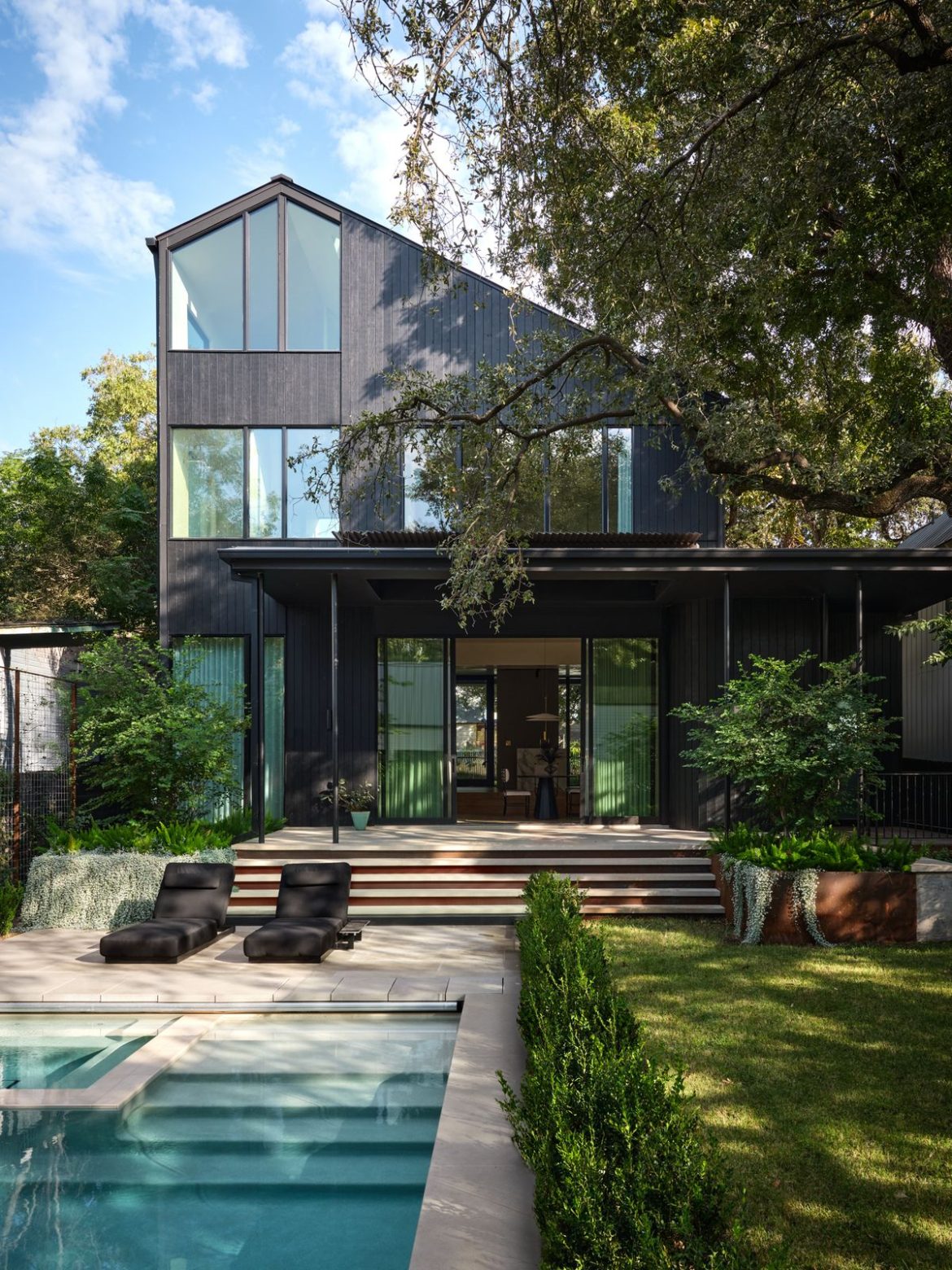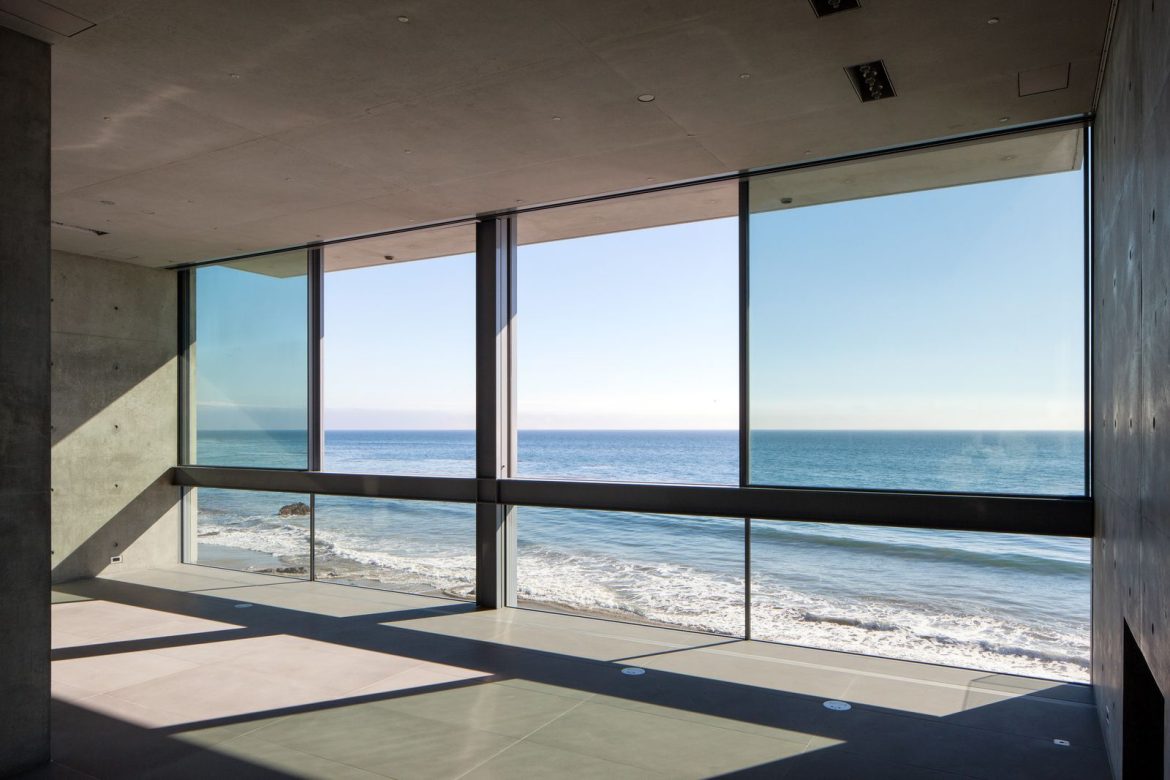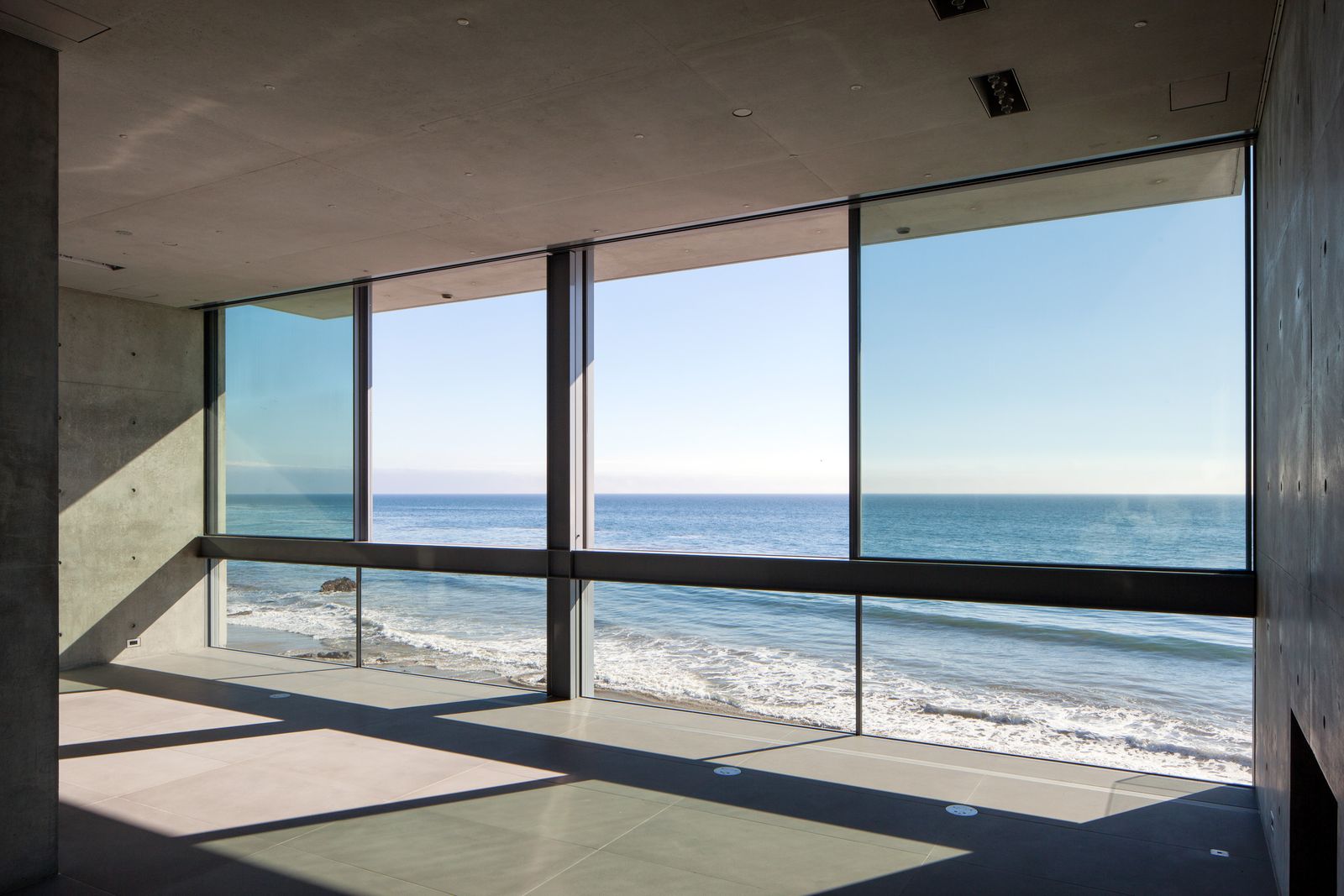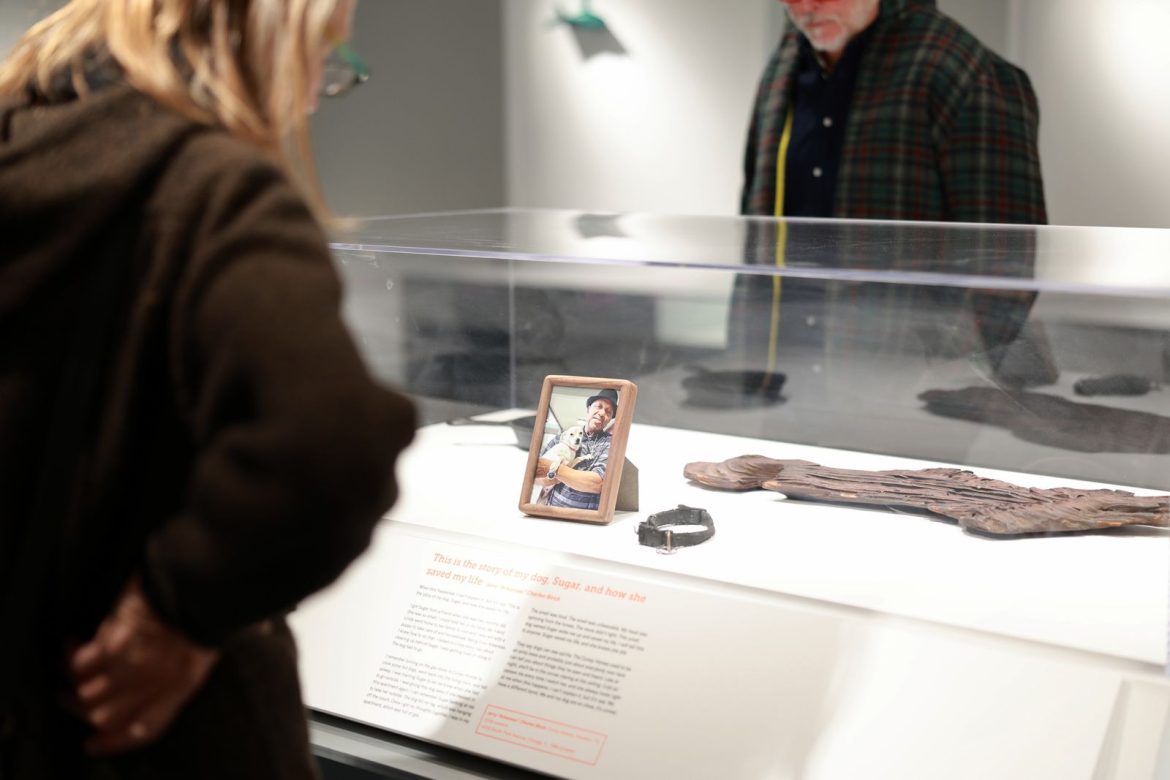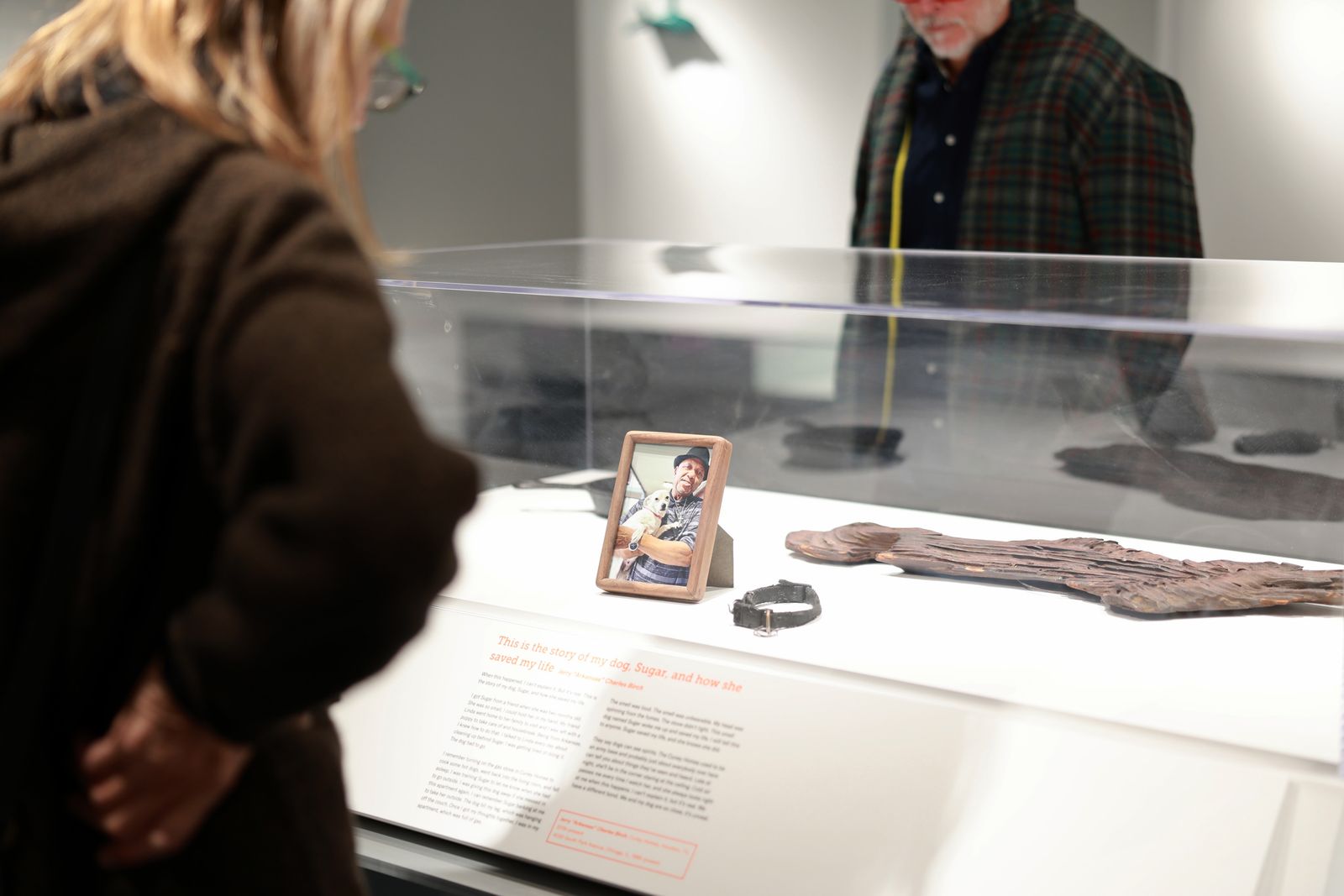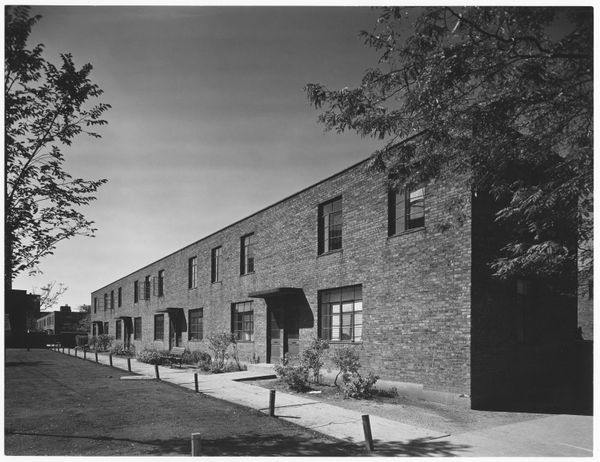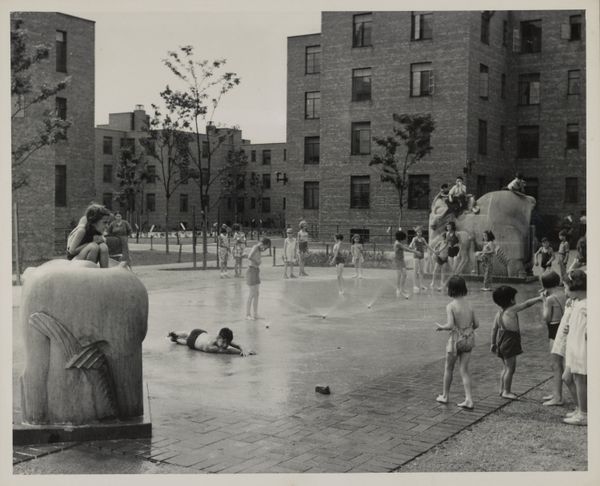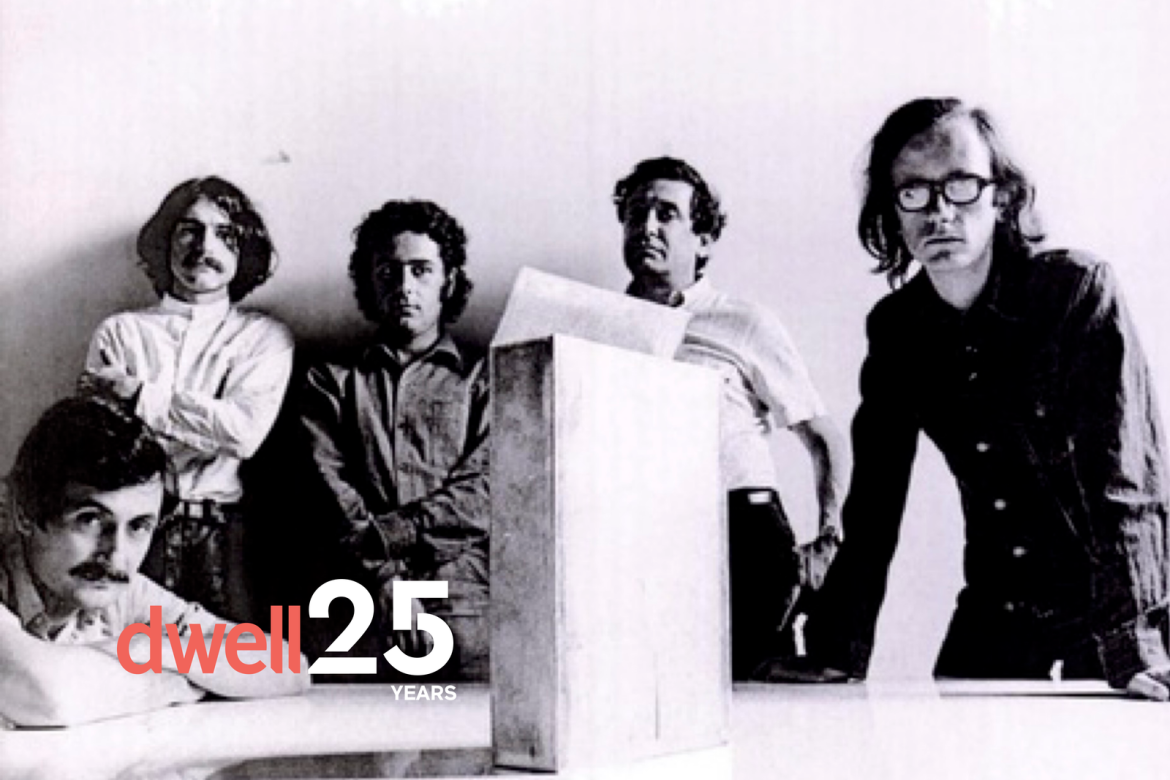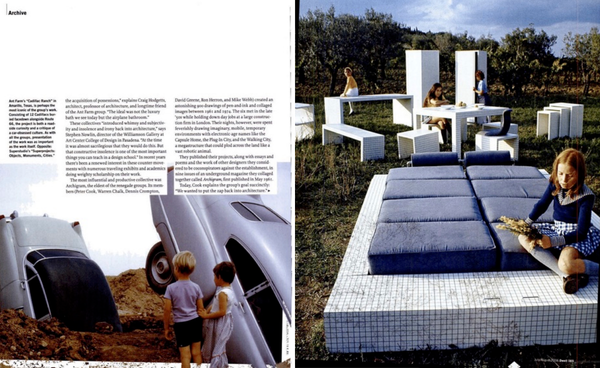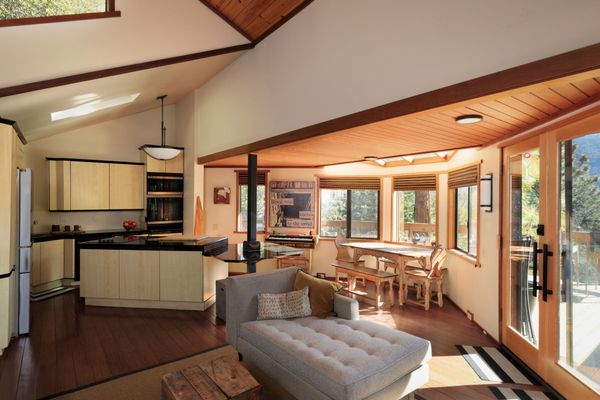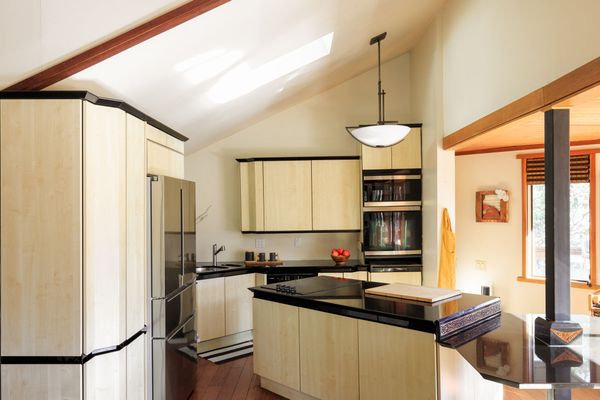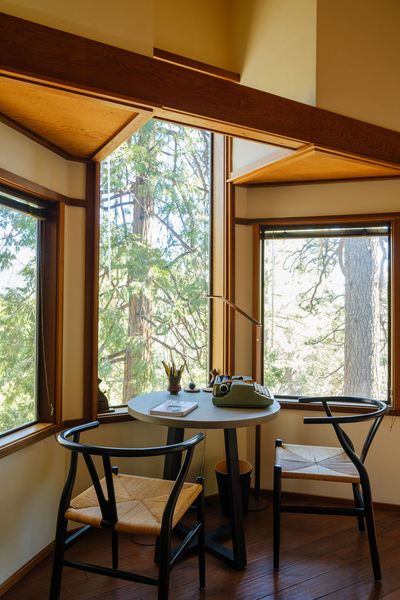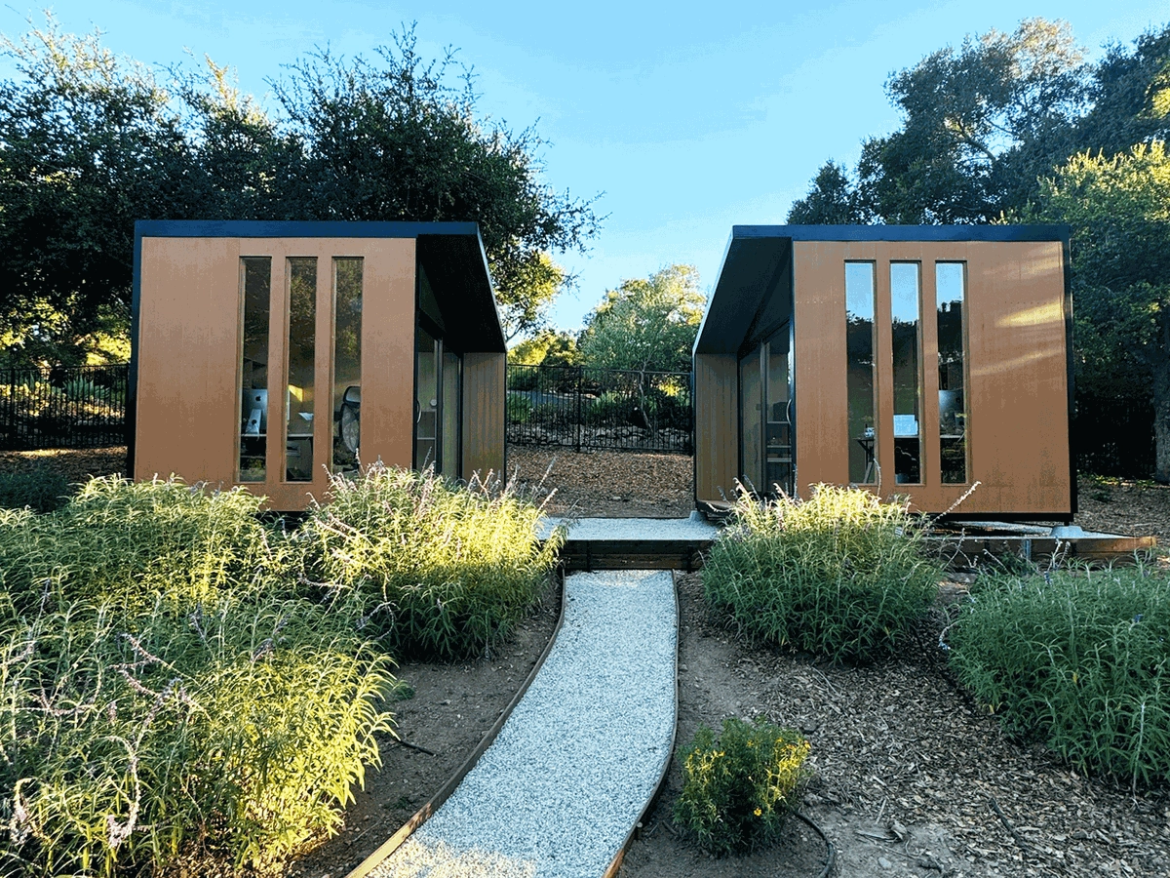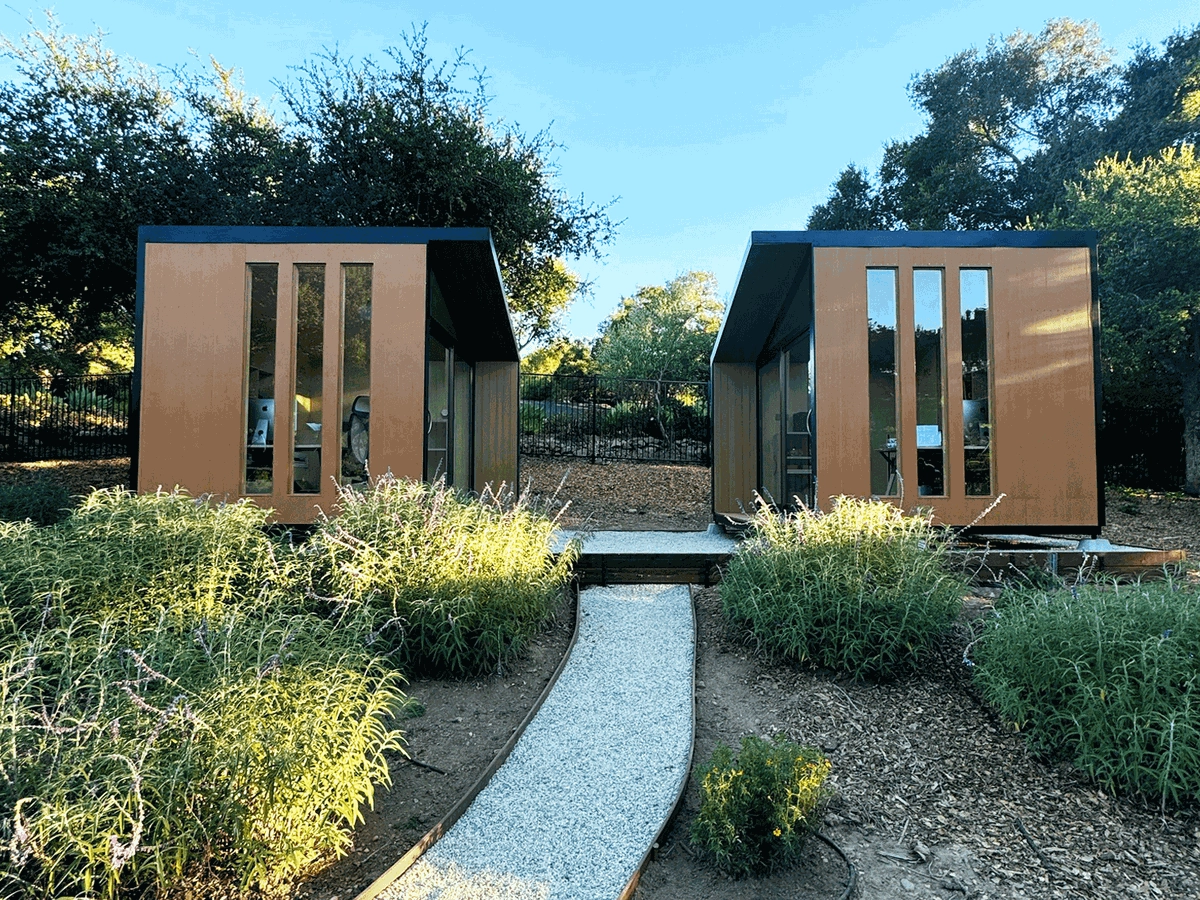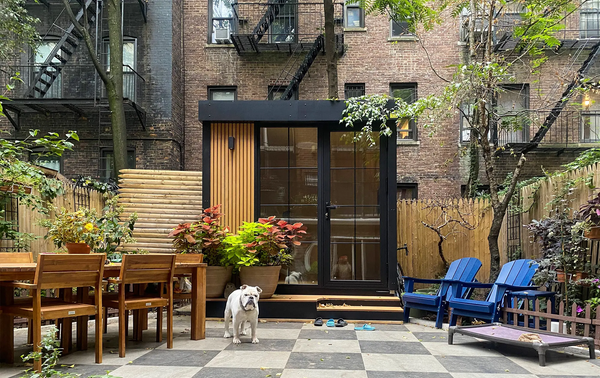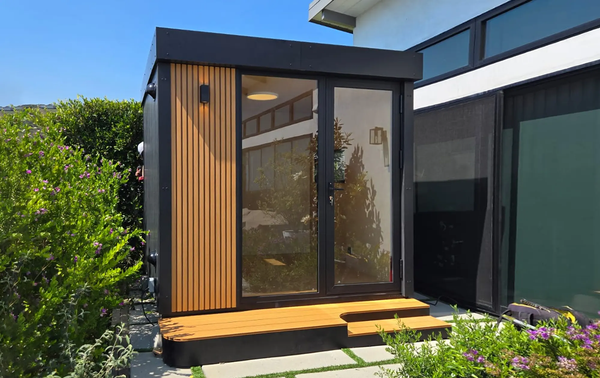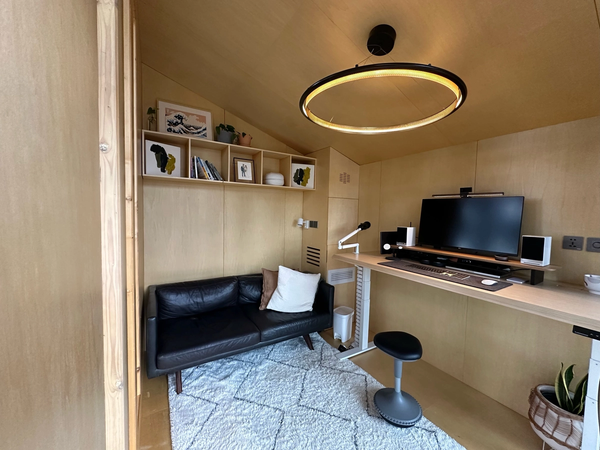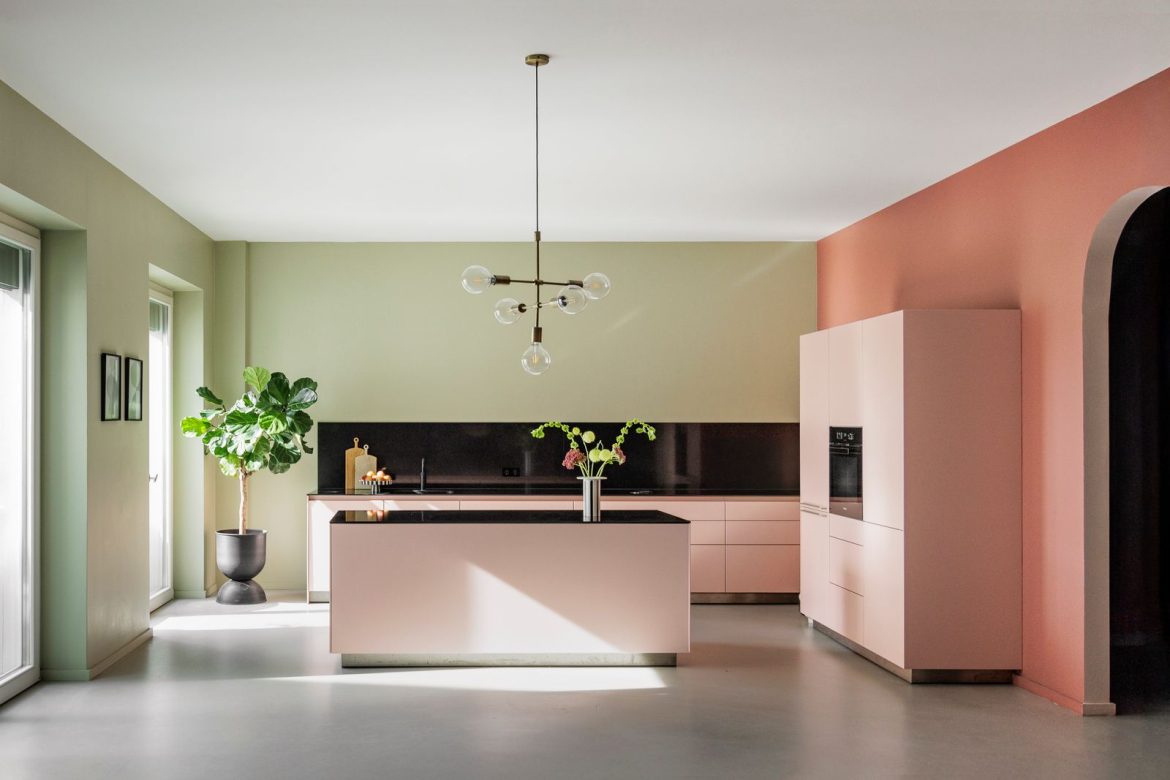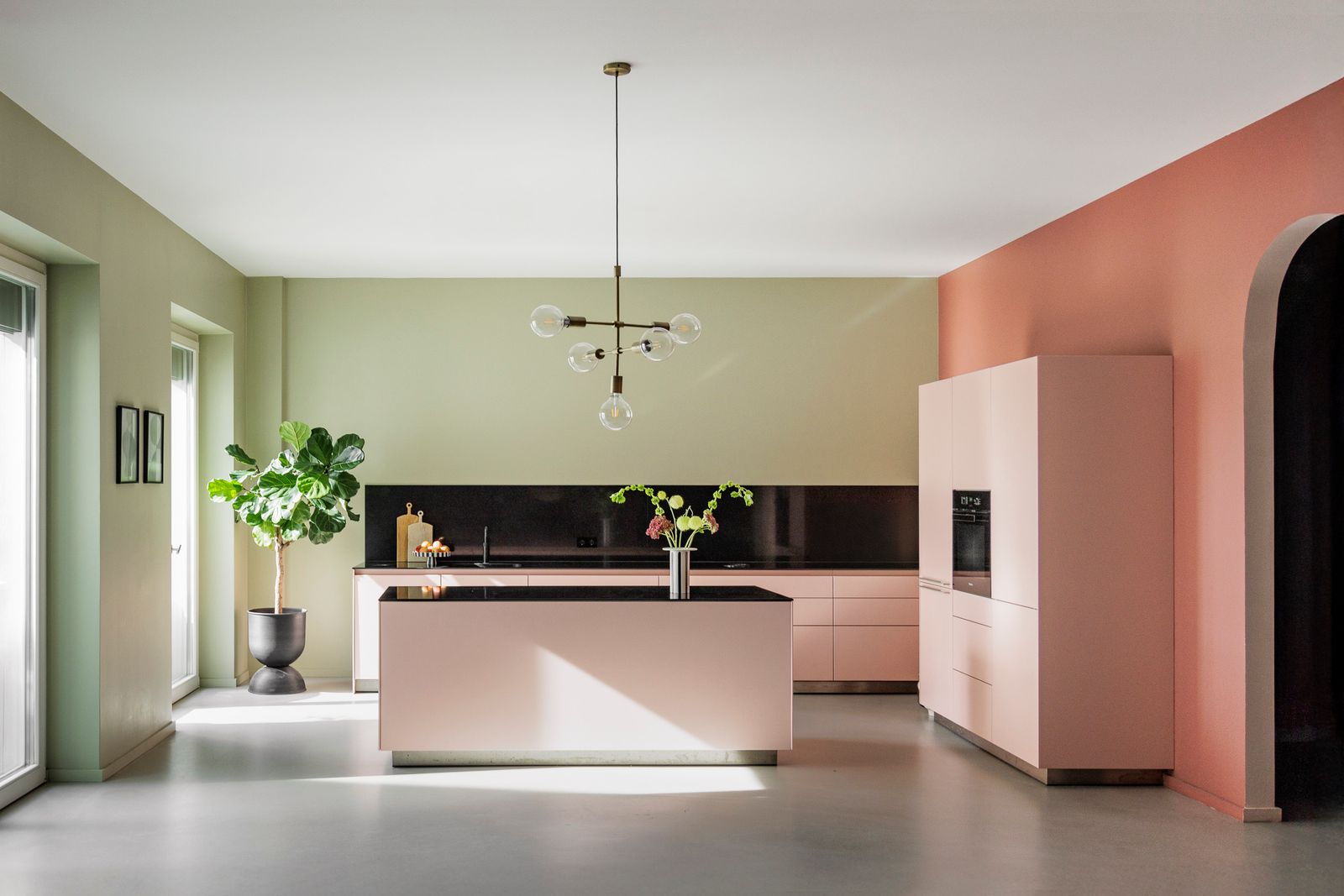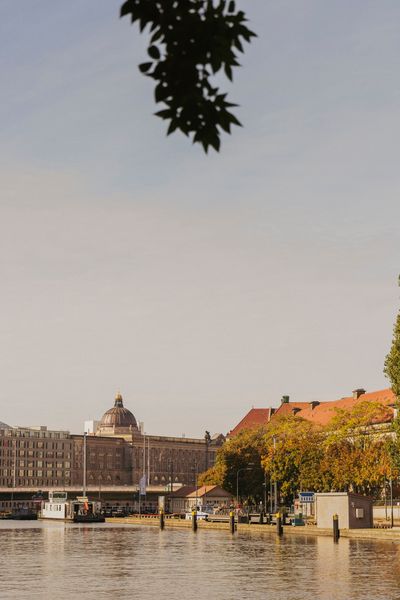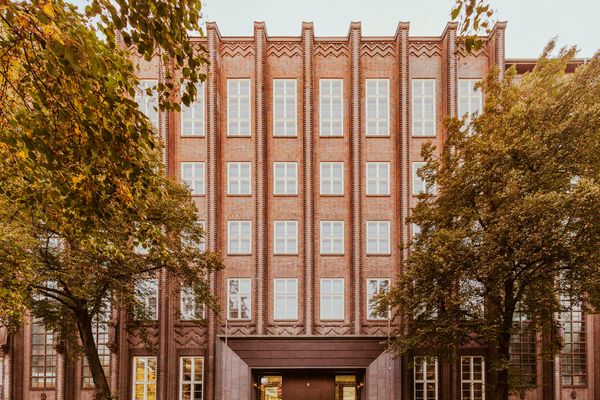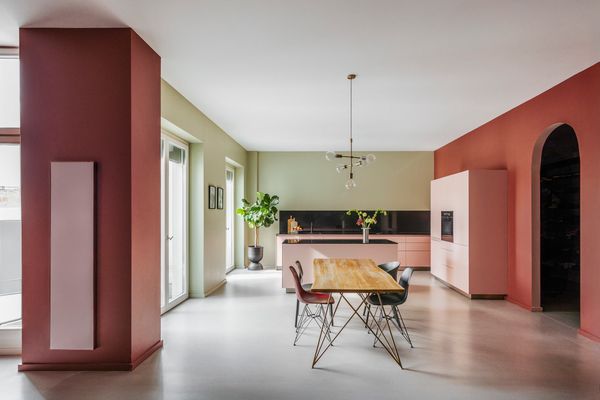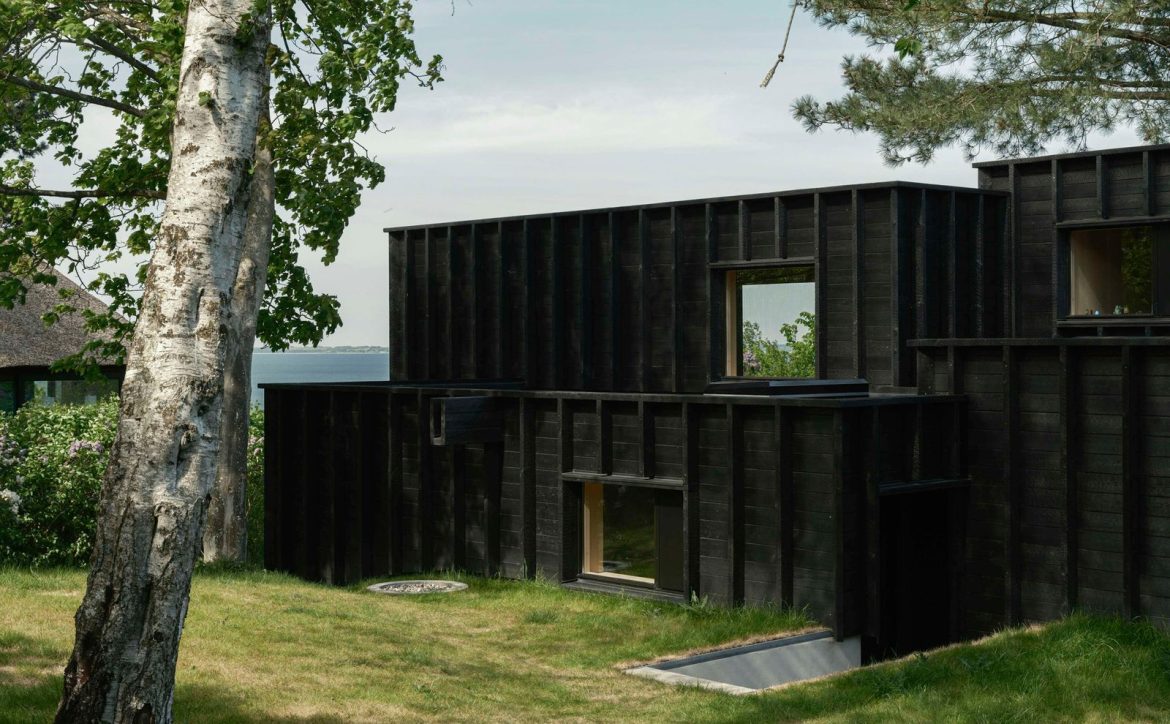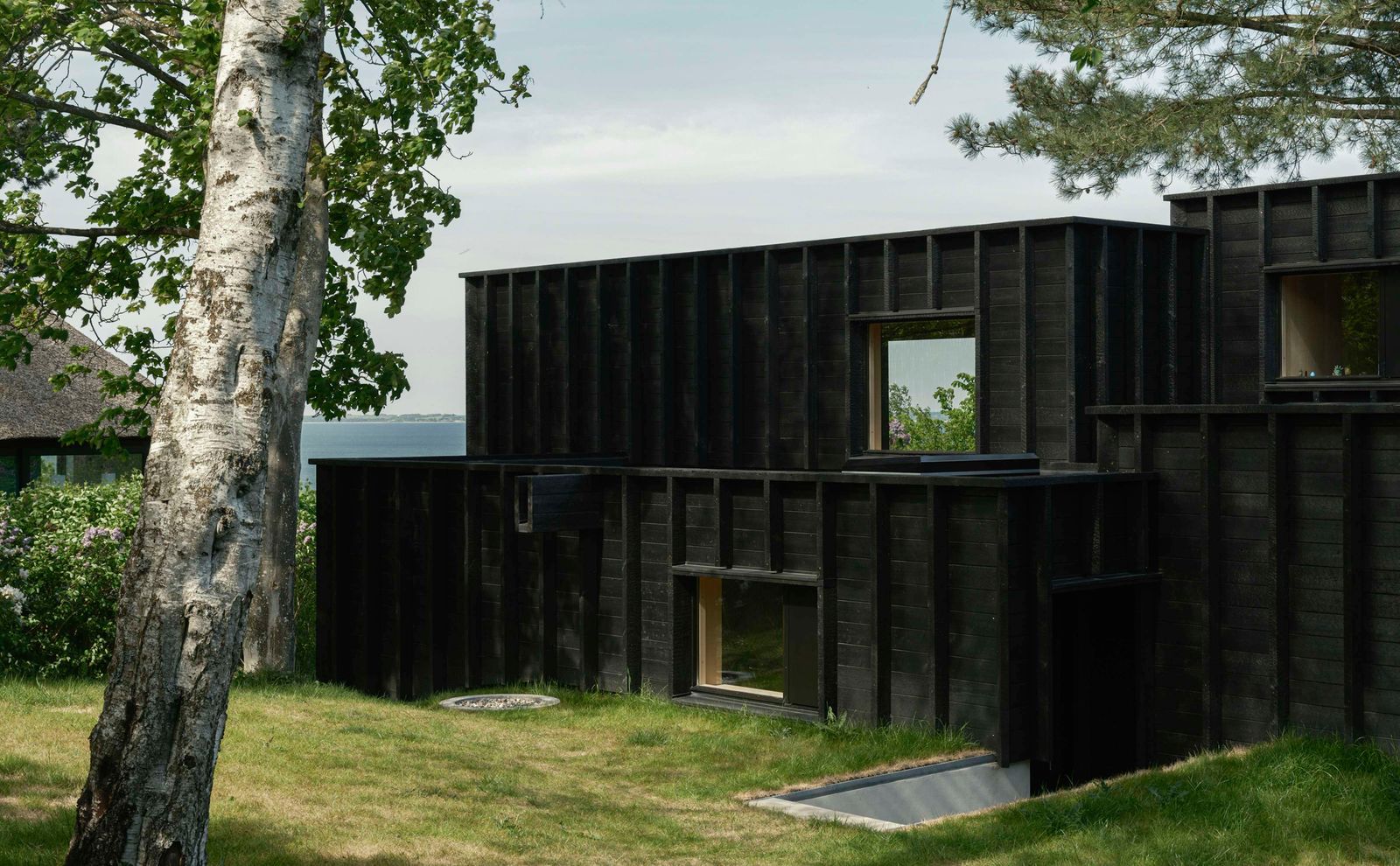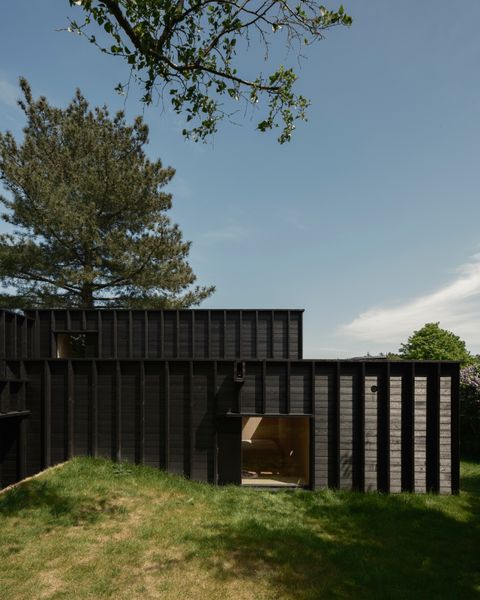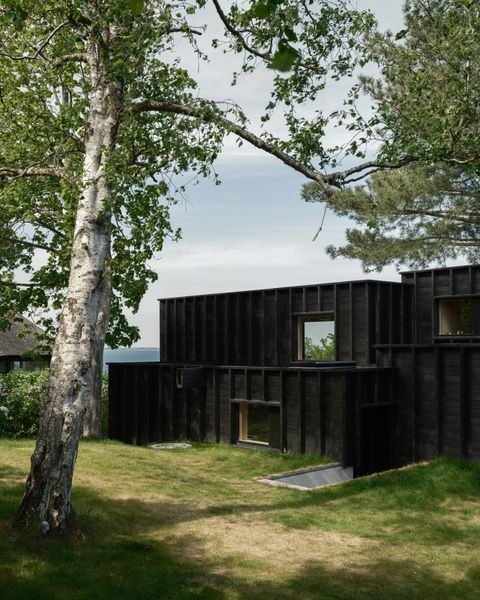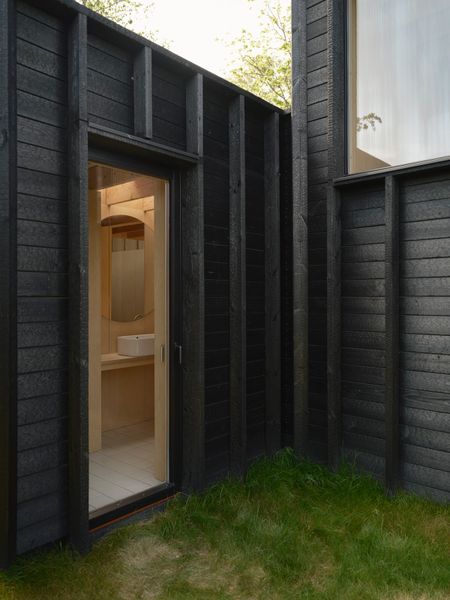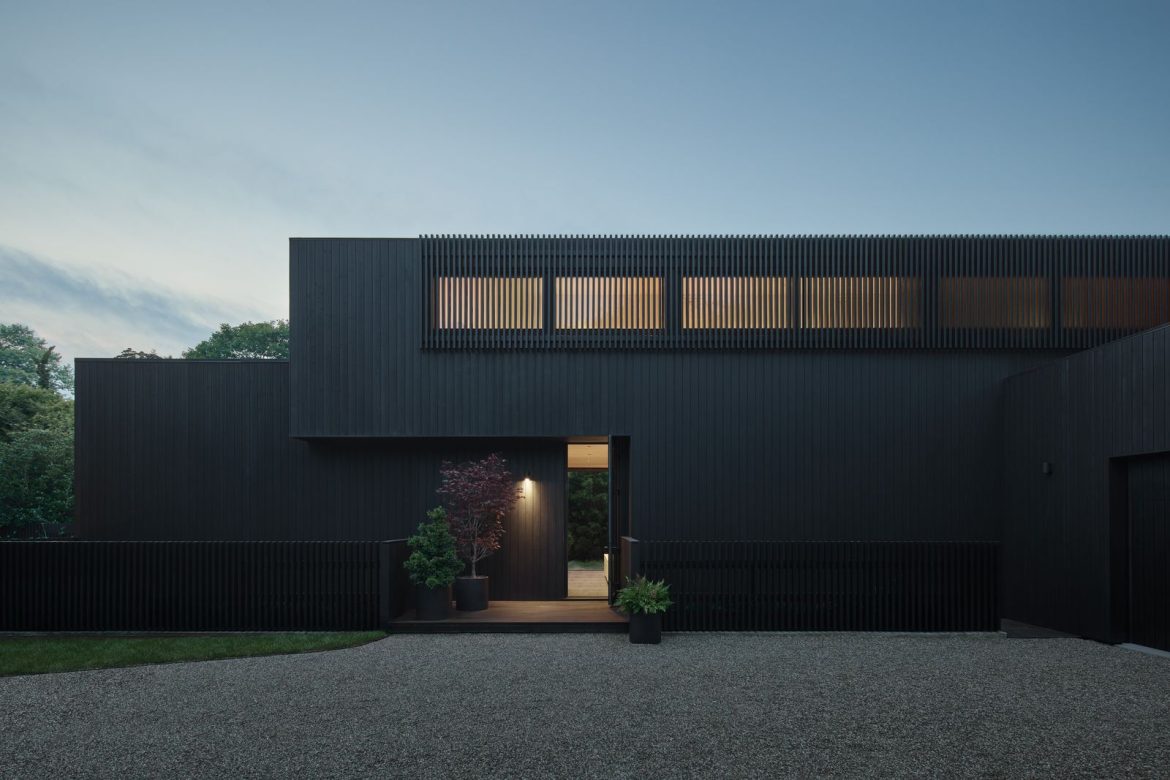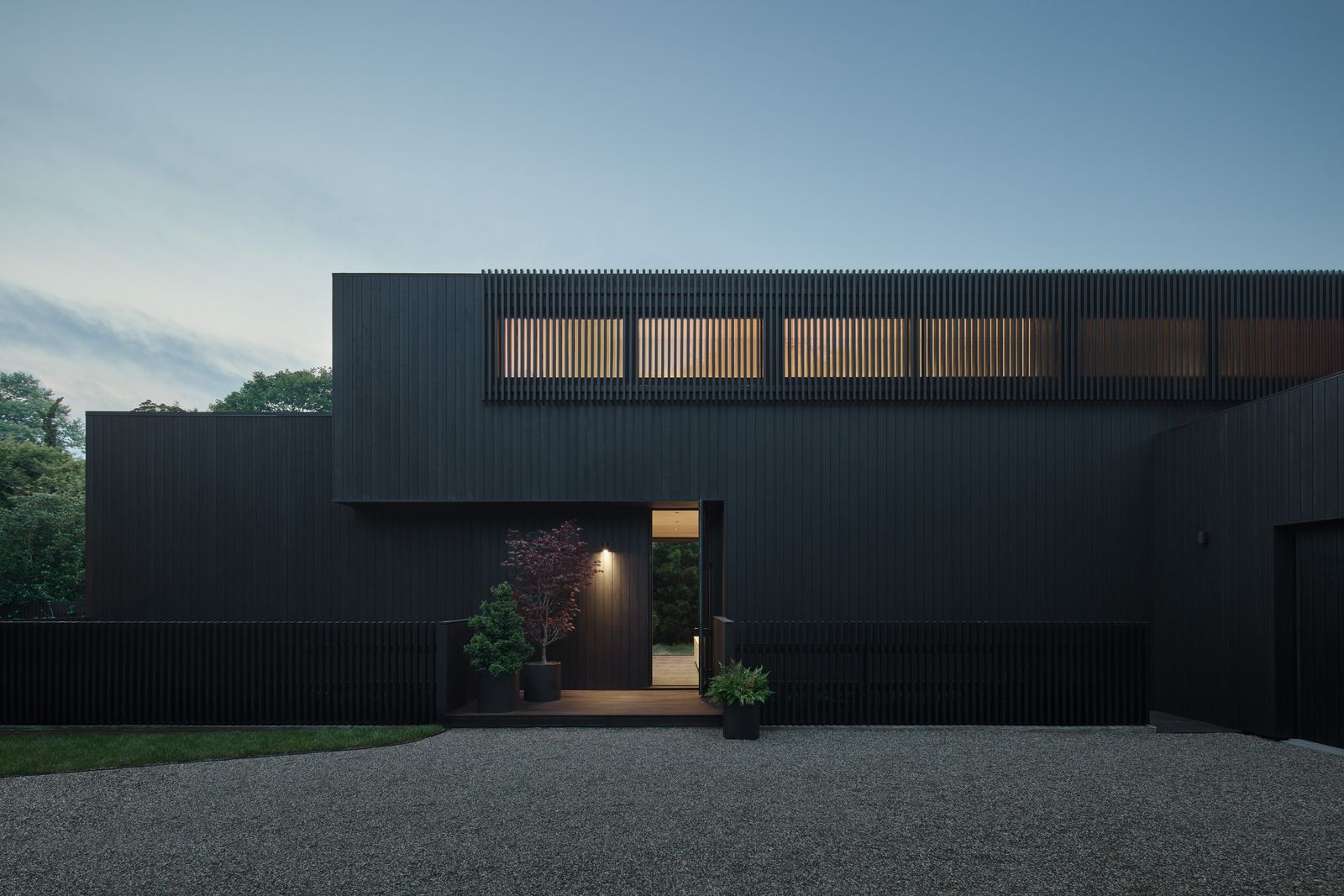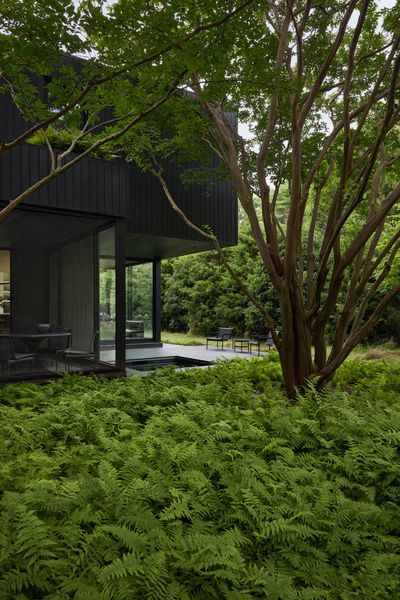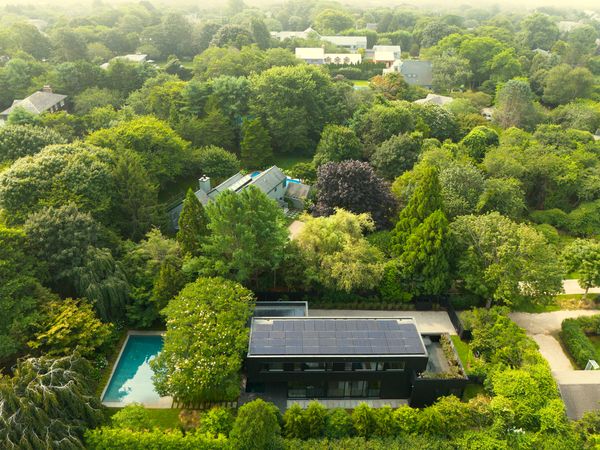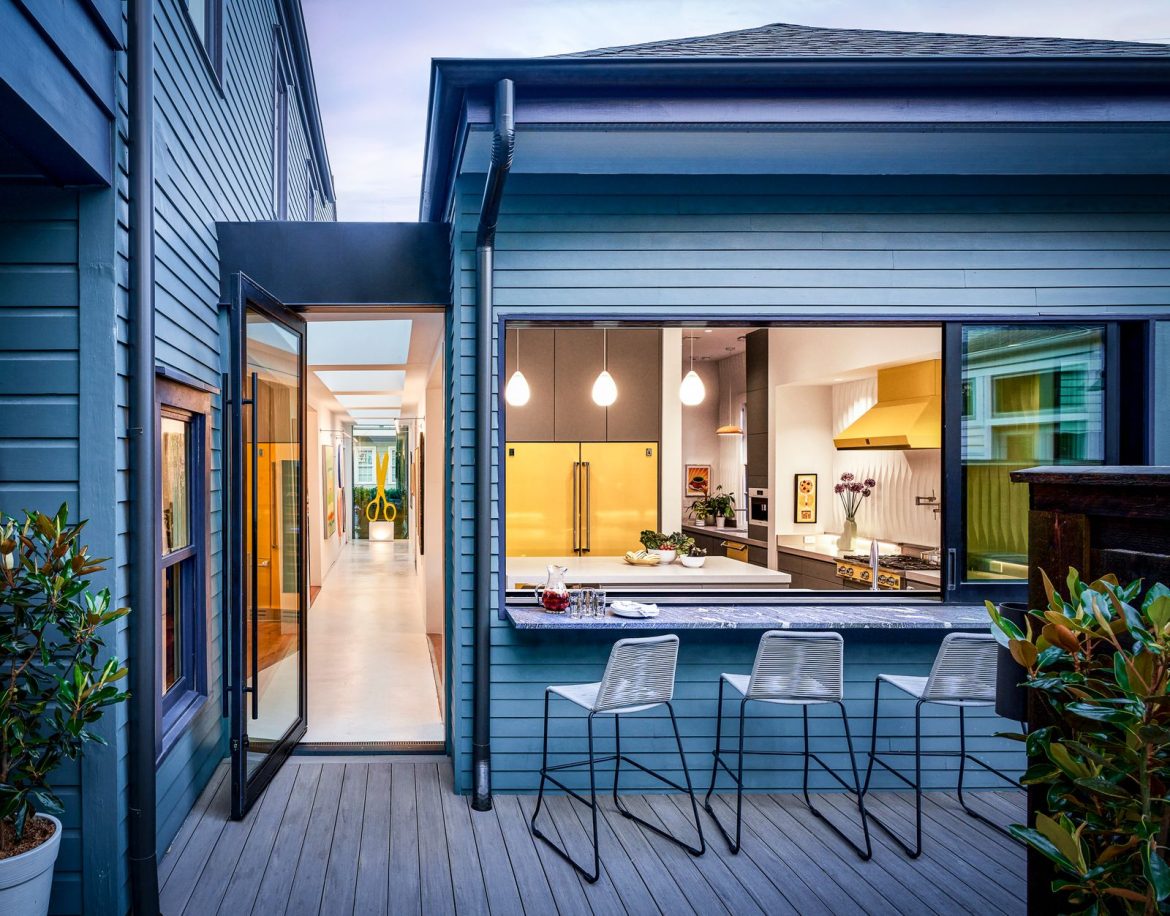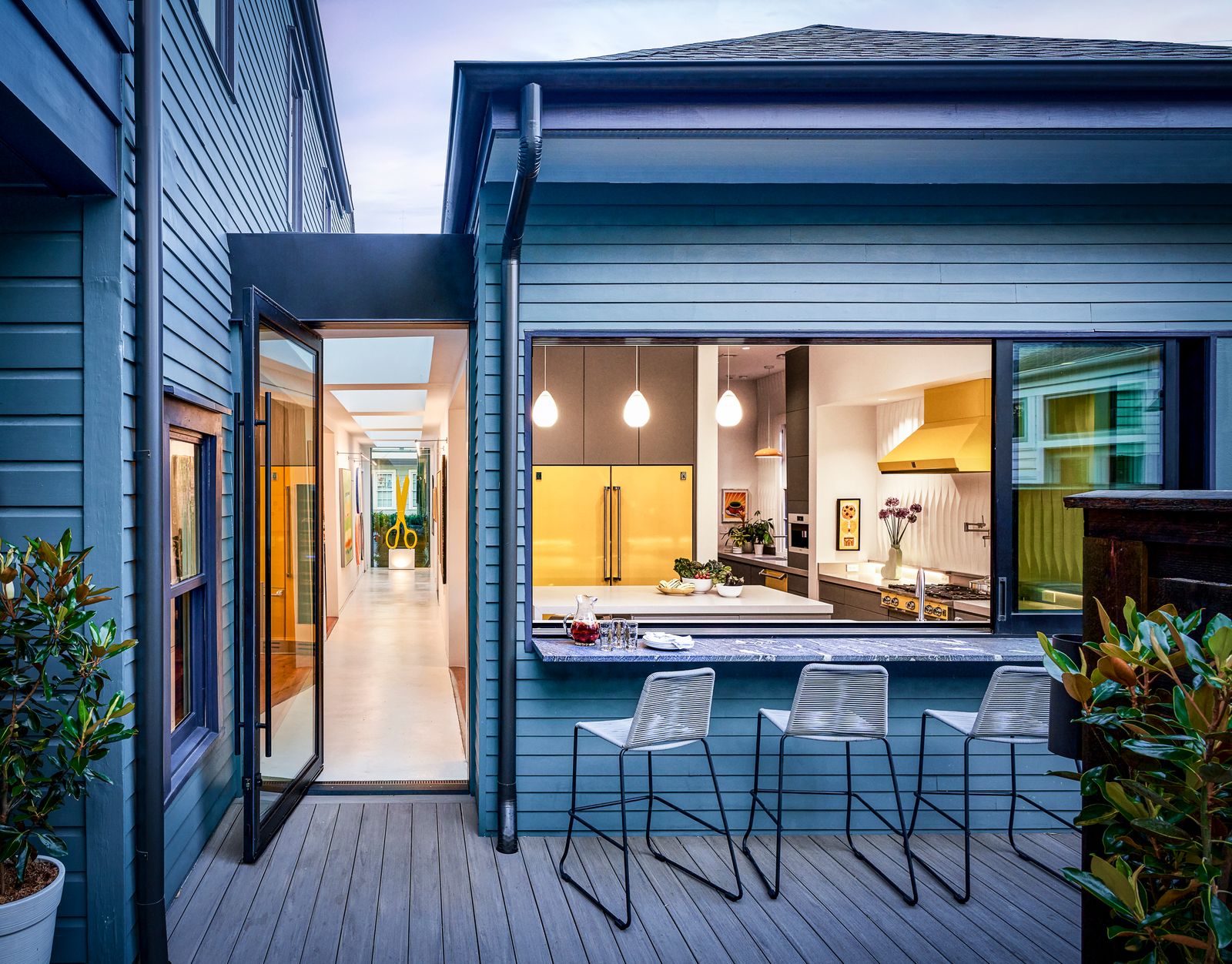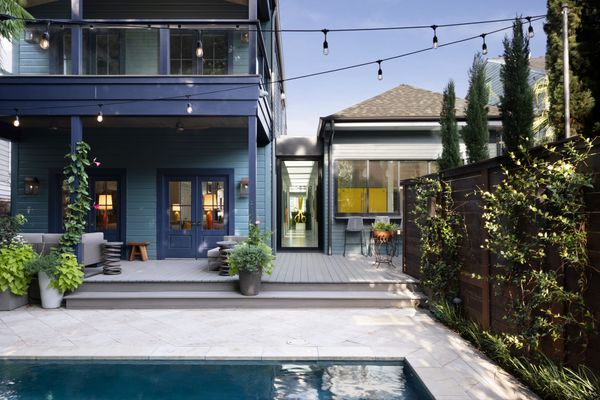The nondescript 2000s residence now channels Belgian minimalism with luxe finishes like plaster and marble.
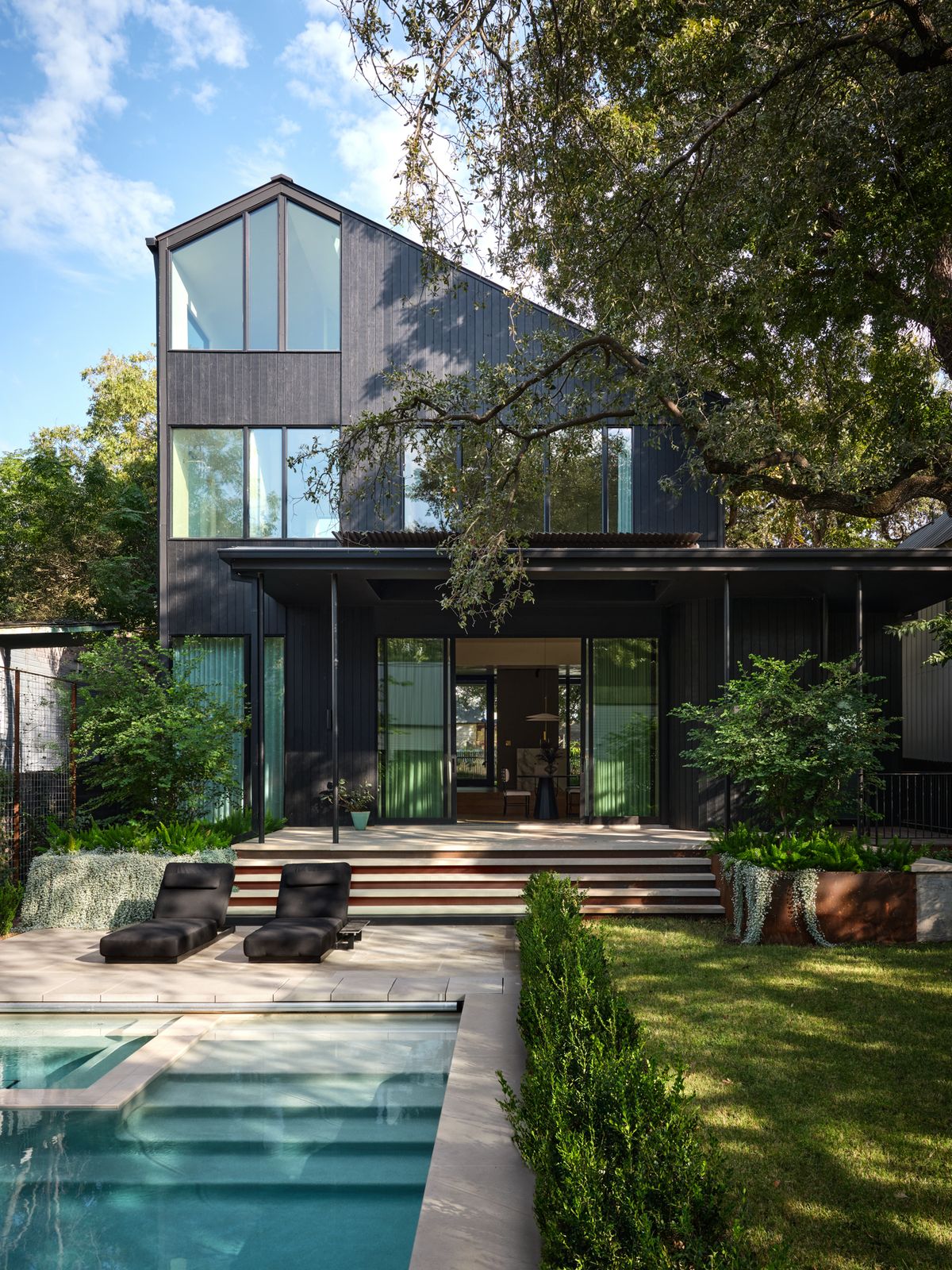
For architect Francisco Arredondo, principal of North Arrow Studio, there are two types of clients: those who think they know what they want, and those who know what they want. “We like working with the ones that know,” he says. One such was Aditi, who was living in an early-2000s spec house in South Austin. Just Arredondo’s type, she came to him for a renovation with a number of specific goals and decisive design inspiration.
Before: Exterior
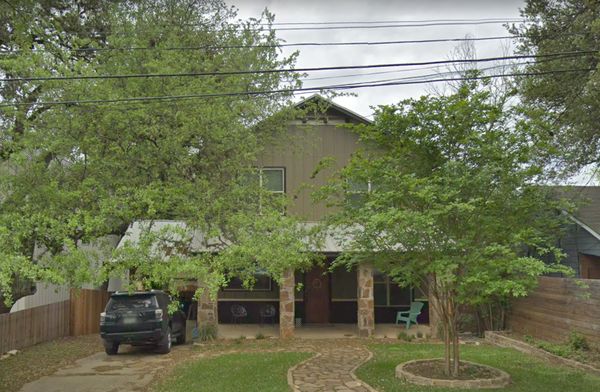
This 2004 Craftsman-style house was “a little bit dull” and didn’t fit with the charm of its neighborhood, says architect Francisco Arredondo.
Photo:
After renting the home for a few years, Aditi fell in love with the neighborhood’s walkability and character, but the house itself left much to be desired. “It didn’t quite fit her lifestyle or the things she values in a home,” Arredondo says. So what did she value, exactly? A connection between interior and exterior spaces, a facade that makes a home relatable to its neighborhood, and plenty of natural light while maintaining privacy.
Aesthetically, Aditi was drawn to the warmth, sophistication, and restrained minimalism of Belgian design—”particularly the work of Axel Vervoordt, Dieter Vander Velpen, and Marie Lecluyse,” she says—which she felt would give her home an overarching European sensibility.
After: Exterior

Arredondo lightly reworked the home’s shape to make it “appear less imposing from the street.” In part, this meant rebuilding the carport and front porch. The exterior is now clad in yakisugi, which has an “alligator-like texture to it,” says the architect, and makes it naturally weatherproof.
Photo by Lindsay Brown
Getting the exteriors right was important to Arredondo, too. “We didn’t want to make a big statement,” he says. “It’s very important to us that our work, whether it be new construction or a remodel, fits within the neighborhood.” Whereas before the Austin home had vertical siding in a dull color, now it’s clad in yakisugi, a charred-wood finish that, in tandem with new large windows and doors, makes the exterior feel quiet, warm, and modern.
Before: Kitchen
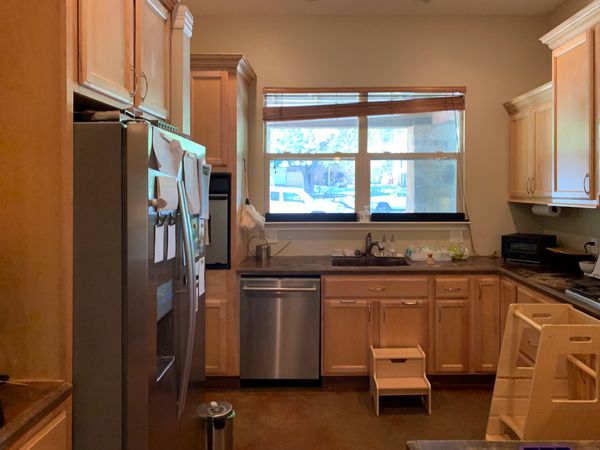
By expanding the entryway, Arredondo and designer Emily Brown of Emily Lauren Interiors were able to leave more square footage for the kitchen, which felt dated.
Photo:
See the full story on Dwell.com: Before & After: She Renovated Her Austin Home With an Unusually Specific Aesthetic
Related stories:
